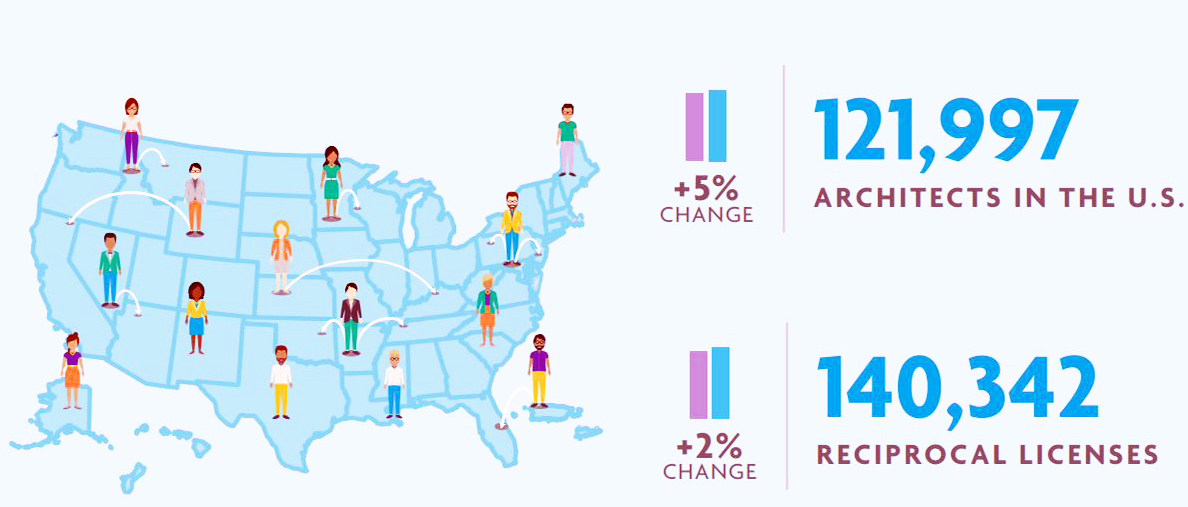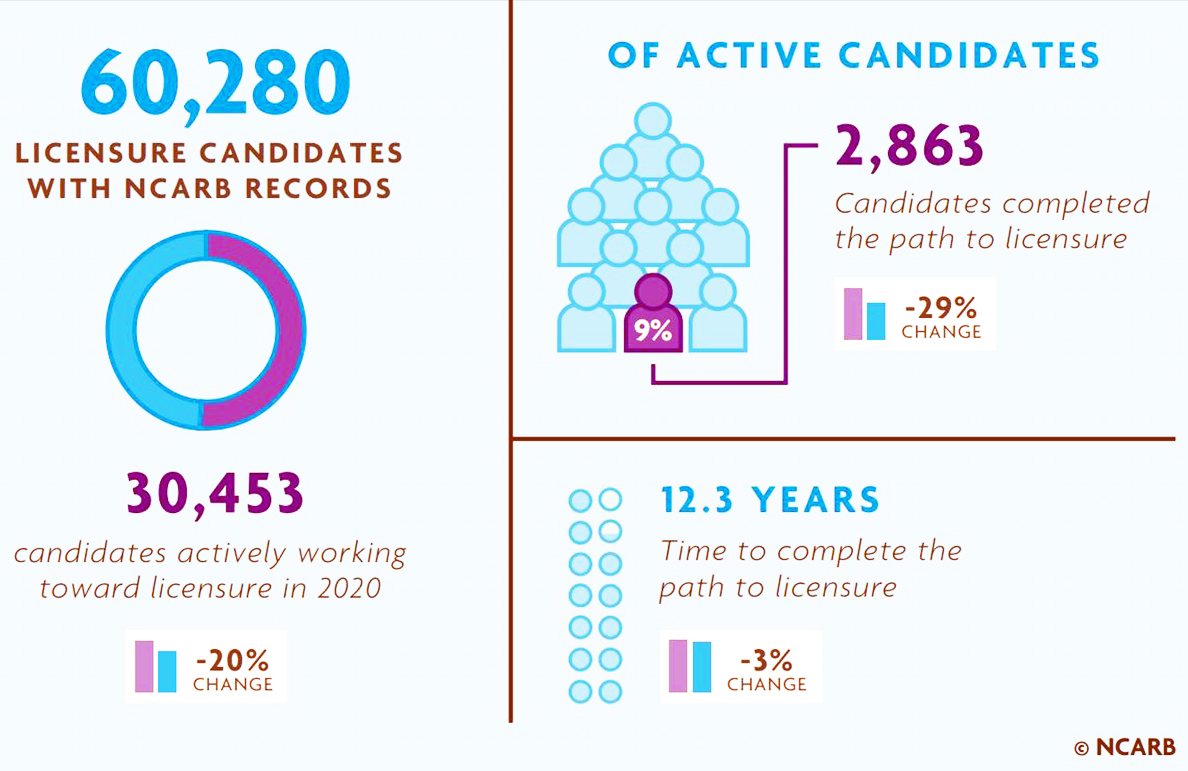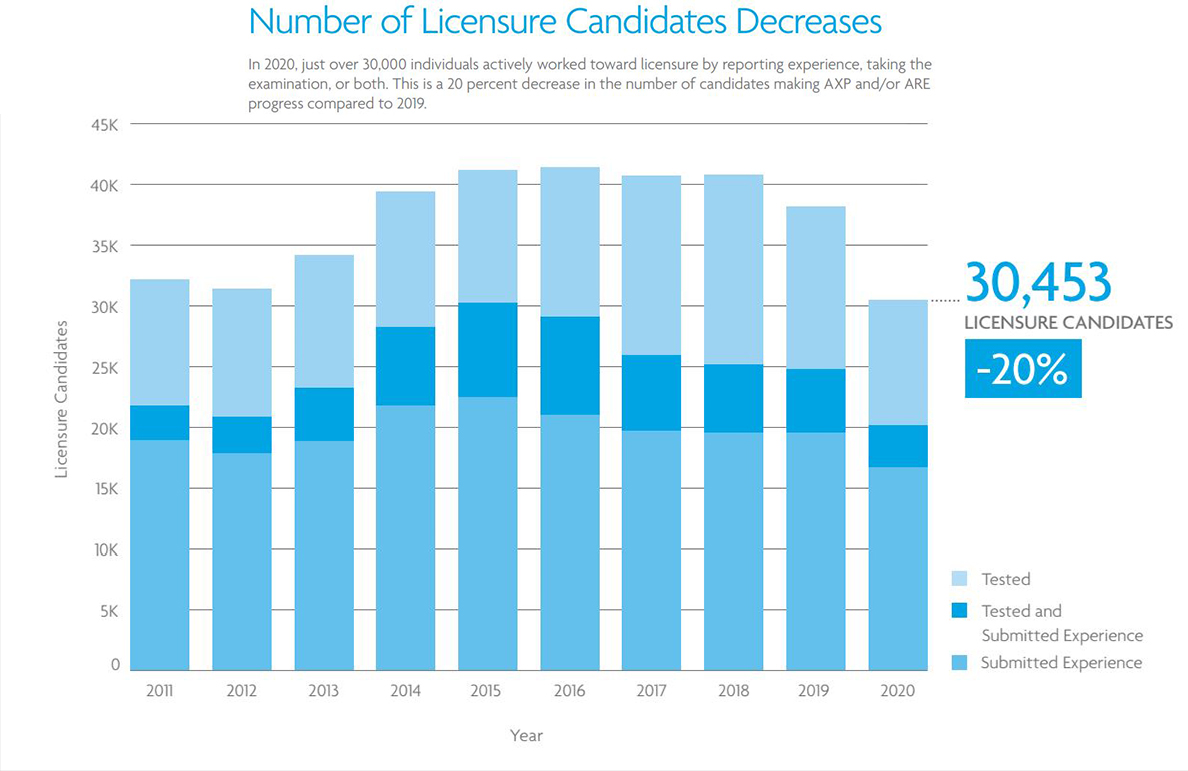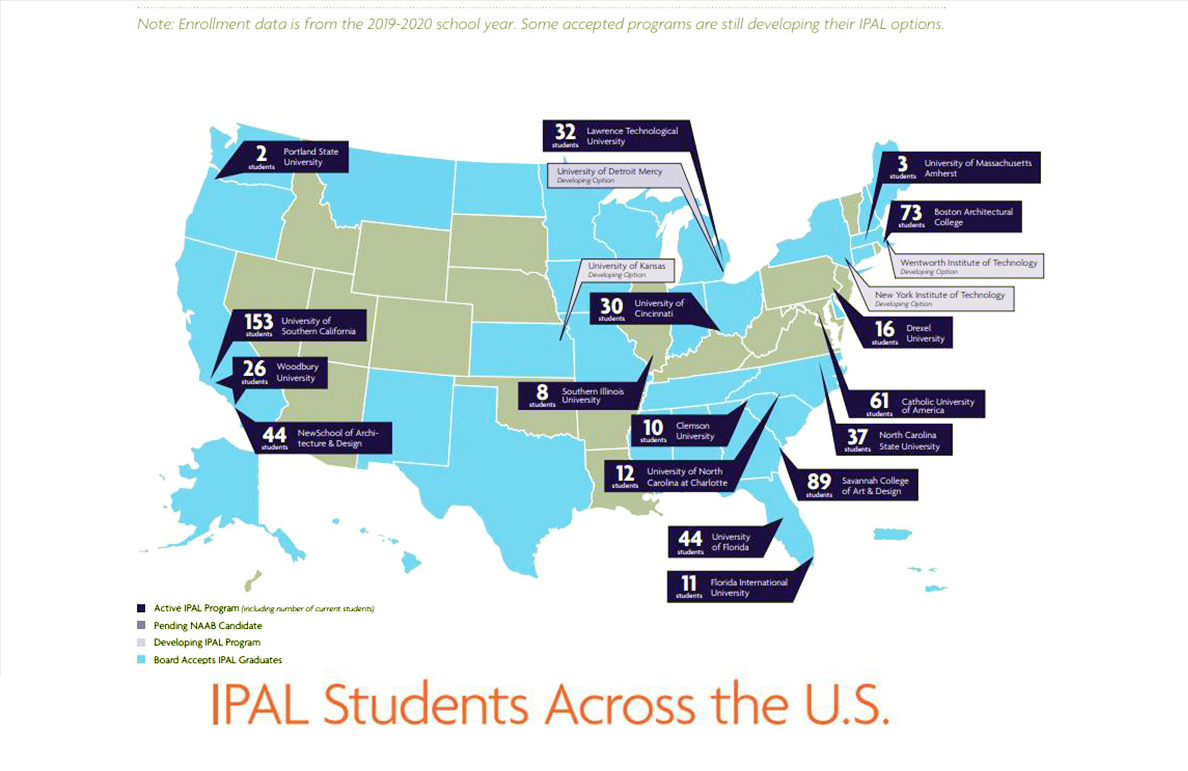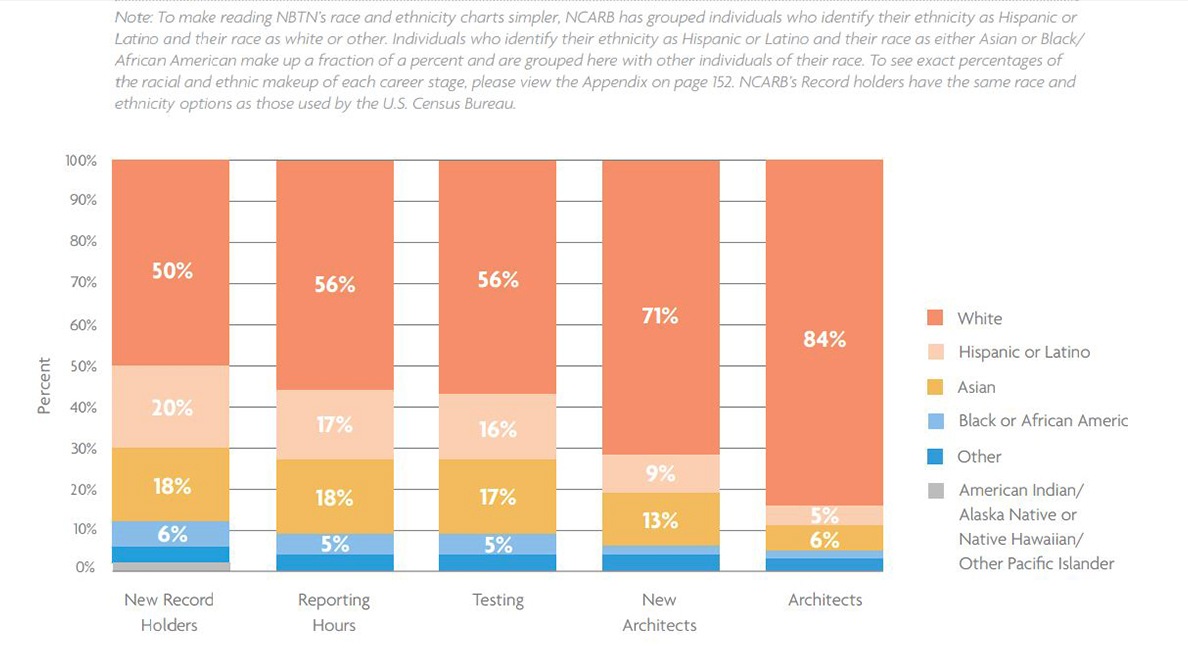Getting licensed as an architect is difficult. It requires considerable time and dedication and achieving licensure is frequently a source of concern to architectural employers and even greater concern to those that are currently going through the process. To that end, we are excited to have Alfred Vidaurri Jr., incoming 2022 President of the National Council of Architectural Registration Board to join us today on Episode 86 “Reimagining the Path to Licensure”
[Note: If you are reading this via email, click here to access the on-site audio player]
Podcast: Embed
Subscribe: Apple Podcasts | Spotify | Android | iHeartRadio | TuneIn
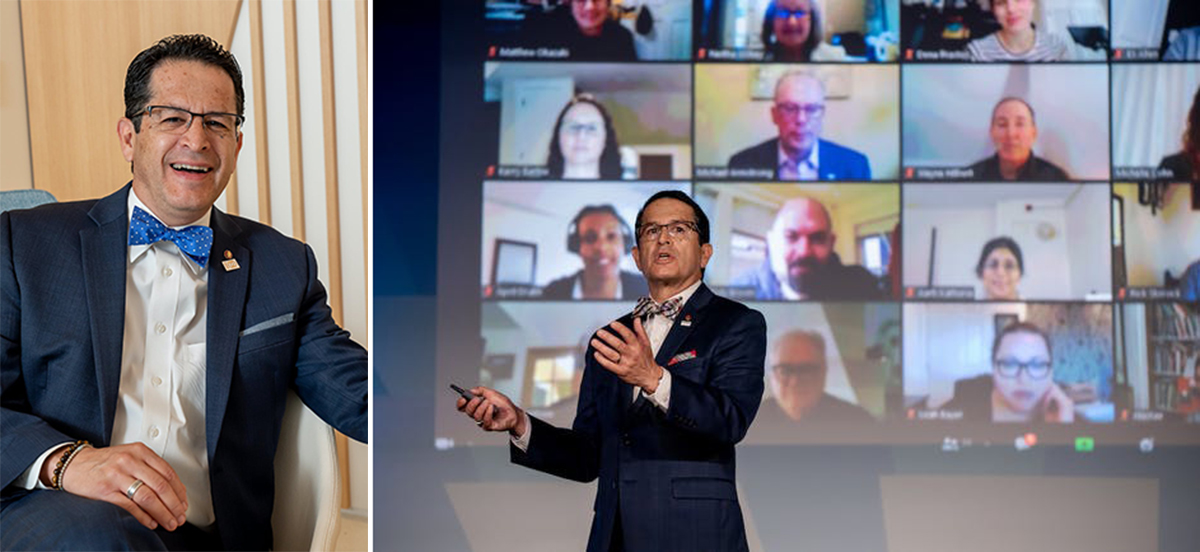
Alfred Vidaurri Jr., NCARB, NOMA, FAIA, of Fort Worth, Texas, is a vice president of the 900-person, multi-discipline firm of Freese and Nichols Inc., which is the first architecture/engineering firm to receive the Malcolm Baldrige National Quality Award. A graduate of the University of Texas at Arlington’s Master of Architecture program, he has held numerous positions with various local, community, and state organizations.
Alfred was a member of the Texas Board of Architectural Examiners from 2004-2015, serving as chair from 2009-2015. He has served on various NCARB committees including the Audit, Broadly Experienced Architect (BEA), Education, Examination, Procedures and Documents, and Regional Leadership committees, several of which he chaired, as well as the Ethics and Diversity task forces and the Council’s Futures and Program Continuum Advisory collaboratives. He has also served as an NCARB visiting team representative for the National Architectural Accrediting Board (NAAB) and at the NAAB Architectural Review Conference in 2013 and 2020. Through the BEA Program, Vidaurri represented NCARB in various meetings with Canada and Mexico in advancing the Tri-National Mutual Recognition Agreement among the three countries. He was elected to the Southern Conference (Region 3) board in 2009 and served as secretary, treasurer, vice-chair, chair, and director. Vidaurri was inaugurated as NCARB’s FY22 president at the organization’s 2021 Annual Business Meeting.
How did we get here? jump to 4:55
We discussed our own paths to licensure a bit and interestingly enough we had three different paths to this point in our careers. I completed a 4+2 year type program with a Bachelor’s degree in Design and a Master’s of Architecture. That was a seven-year process. Then I completed the work requirements of “internship” hours over several years. Then it took me a longer period of time to begin taking the exams. I managed to complete all of the exams in about a six-seven month period. I became licensed at 31 years of age.
Bob completed a five-year Bachelor of Architecture degree (in a six-year period) and then went to work to complete his required internship hours. He then completed his exam over the course of two years due to managing workloads in a small office. Bob became a licensed professional at the age of 30. Alfred began at community college and then transferred to a 4-year college to complete his education. Then he worked for a year before going back to get his master’s degree.
Alfred worked during his education and had quite a bit of experience when he graduated with this Master’s degree. Then he took his licensure exam. Alfred took the exam back when it was still a single exam over the course of a few days and when it was only given once a year. He was 28 or 29 when he was finally licensed in the state of Texas. We all managed to complete our path to licensed professionals in relatively the same time span with completion around a similar age.
Why do Architects even need a license? jump to 15:50
Of course, the basic answer here is that it is a process to ensure that as design professionals we have a certain amount of knowledge to operate and competently do our job. The idea that as a professional we have met a prescribed level of knowledge and understanding of the requirements, regulations, and technical aspects of our profession is the main reason behind the requirement for licensure. Alfred states that in his experienced opinion, the role of the regulators is to protect the health, safety, and welfare of the public, which is the goal of NCARB, state boards, and other regulatory agencies that deal with our profession. It provides a certain level of reassurance to the public that a design professional has met a certain level of competency in their chosen field of practice. The objectives of NCARB are really concerned about the regulatory environment to protect the public. It is all about the public and protection. This concept does work its way into the process of examination and test development. All of the exams are written by licensed architect volunteers and are intended to test the knowledge required by practicing professionals. They are meant to test the basic level of knowledge to ensure the public is protected and services are provided by a competent professional.
The attitude towards licensure is always in flux it seems. How can we change that? jump to 28:35
The idea of licensure is not always compelling to all graduating students. Now that there are so many other careers that are available to architecture school graduates it may have impacted the path to becoming an Architect. There are a wide variety of opportunities that are out there and probably pique the interest of our creative graduates. Also, the notions of specialization within the profession that keeps some from pursuing licensure complicate that desire for licensure as well. Some come into the profession and specialize so much that they do not feel the pull to become licensed due to their areas of specialization. They may not have the general knowledge to become a licensed professional but have a very specific knowledge that is still a great contribution to the profession, but not one that “requires” the need for licensure. It may be that in the future, this becomes even more prevalent. For example, many professionals that work on “super-tall” structures have a very specific knowledge base and only deal with specific parts of the project. They may never touch the façade or deal with issues of water-tightness or weatherproofing, yet they are critical to the success of the project. It now takes a very large team to complete our projects as they become more complex and complicated.
How has the profession changed and the path or process of licensure? jump to 31:36
The biggest issue in all of this is that every person who becomes a licensed professional has a different path to get to that final result. The way our system is set up allows for all of the 55 jurisdictions to quantify and curate their own process for becoming a licensed professional. There is a wide range of possibilities and it becomes difficult to predict what may happen. Also, the testing is not necessarily getting “easier” as many licensed professionals think. So many licensed professionals do not want the process to change and that the newest professionals should have to go through the same process I did in order to become the “same” licensed professional like me. Alfred explains that in reality, the testing methods have evolved. So the psychometrics of the exams have become more and more advanced and that in turn creates a different examination and how it is delivered and how knowledge is being tested. This does not necessarily mean that the test is getting easier, but that the way the knowledge and competency are being tested. This may look different to those who have tested in the past, but the science behind it is still focused on testing competency.
Will this changing of examination change what the future of an architecture education may look like? jump to 36:50
Alfred has spent a great deal of time in his career involved in agencies of texting and accreditation of architectural education. So at the moment, there are many investigations and concerns with the current state of architectural education. This includes time, cost, outcomes, etc. that impact your path to becoming an architect. As Alfred became President of NCARB he posed two areas that he mainly wanted to focus on during his tenure. Number one is the issue of equity, diversity, and inclusion within the profession of architecture. As he is the first Hispanic architect president of NCARB this is an issue close to his heart and important to him as a minority practitioner. The second focus area for Alfred is to spend some time thinking about the licensing process of the future. He feels that it is critical to look into this issue in great depth to figure out what that possibly means. As President of NCARB, he has tasked each of the three main groups within NCARB education, experience, and Education to imagine a path to licensure that only required their individual group. For example, what would licensure look like if it was only education that was required? Or what if it was only an examination? Or if it was only experience?
The current condition of licensure is uneven based on each jurisdiction. This is one of the most frustrating issues it seems from those pursuing architecture licensure. There is such a wide range of options and requirements within the 55 jurisdictions that it is a bit of a free-for-all in the process now. NCARB is actually not the agency in control of all of these pathways. They do attempt to make sense of all this web of various pathways and try to offer some consistency by suggesting regulatory options to all of the jurisdictions. But the reality is that every jurisdiction has the freedom to do as they please and NCARB cannot control any of those actions. They can only work to provide options for consistency.
Let’s discuss the Integrated Path to Architectural Licensure – IPAL jump to 45:27
The concept of IPAL is one that is meant to shorten the time period it takes to complete the path to licensure. The goal here is to only allow the “overlap” of the three components of the current linear path to professional licensure. Currently, this is a very linear path of complete Step A, then move to Step B, then finally complete Step C and you can become a licensed professional. This path currently establishes a timeline of about 12 years to complete this linear pathway to licensure. The goal of IPAL is to overlap and run these all concurrently to shorten the time to complete all the steps. It allows for the idea to keep the knowledge close and current while an individual is studying, working, and possibly taking exams on those pieces of knowledge. It just poses the concept that many of the topics may still be fresh in the mind due to education and experience happening at the same time so that it might be an improvement within the examination completion. This may not be the future model due to the fact that the path may still continue to change. It may not maintain itself if the path to licensure begins to change in ways that we have previously discussed as possibilities.
Are there certain obstacles that NCARB thinks it can solve with regards to diversity in architecture? jump to 55:08
Alfred understands there are multiple obstacles within our current profession, education, and systems of regulation that need to changes. He also realizes that NCARB cannot influence all of those areas. One of the major ways the organization can have a direct impact is to the financial burden of at least parts of the path. The ways that NCARB can contribute to the cost area is by providing testing study materials for free to the candidates. The organization knows that the current market for study materials is one that carries with it comes great expense. They hope to help in this financial area by providing free study materials. The goal is to roll these out for ARE 5.0 at some point during 2022.
Another area they investigated was if the test itself had any bias in it. They had the examination reviewed by outside consultants and it was found that there was no bias within the exam itself. Also, Alfred has made a concerted effort to include and appoint a diverse set of members onto NCARB committees and groups. So his efforts are focused on doing all the things that NCARB may be able to impact with regards to this effort. He has initiated the notion of providing seminars and sessions in Spanish or other languages. He wants to help if an individual’s base language is not English. This may not mean a Spanish version of the examination but may allow more time for non-native English speakers to take the examination. Have to translate from your base language into English and then make your answers often takes more time. Just as it might be for an English speaker or translate in their head to Spanish or French, it can be considered the same way in reverse. So Alfred is pushing NCARB to investigate these kinds of concepts. He does admit that there are many aspects that NCARB cannot control such as firm support, firm culture, identifiable representation within firms, and leadership. All of these types of areas that it is difficult for any single organization to impact. The fact of the matter is that we as a profession have to ALL make a concerted effort to resolve these issues.
We asked Alfred if he would like to participate in this episode’s WYR question and a little to our surprise, he agreed. I will concede that we attempted to keep this one a little less ridiculous than normal, but I did try and flip the table a bit during our responses.

Would you rather? jump to 1:02:16
Would you rather … never get to say hello, or never get to say goodbye?
This WYR question ended up being interpreted in a few different ways by all three of us. It turned out to be more interesting than it seemed on the surface. While this one is short and sweet we manage to have differing reasons for our choices. As always, I seem to find the cheat and loophole.
The Path to Licensure
Alfred realizes that there are issues within the process and often times feels like he spends much of his time apologizing to candidates. He knows that not everyone even understands what NCARB’s role in this process truly is, but that he wants that to change. He wants everyone to realize that NCARB is trying to be a forward focusing organization and tries to challenge the profession. He wants to be an element that pushes the profession forward and be agile in current times and for the future as well. He wants to make it possible for everyone to find their place within the profession because that is what makes our profession great and has the possibility to make it even greater.
To learn more about the current state of practice see NCARB By the Numbers 2021
Until the next episode,

Special thanks to our sponsor NCARB, which is conducting a profession-wide study called the Analysis of Practice. If you are an architect, or in the process of becoming one, your participation is valued and important in shaping the future of the licensing process. Please visit ncarb.org/AOP and be a part of the change you want to see.

